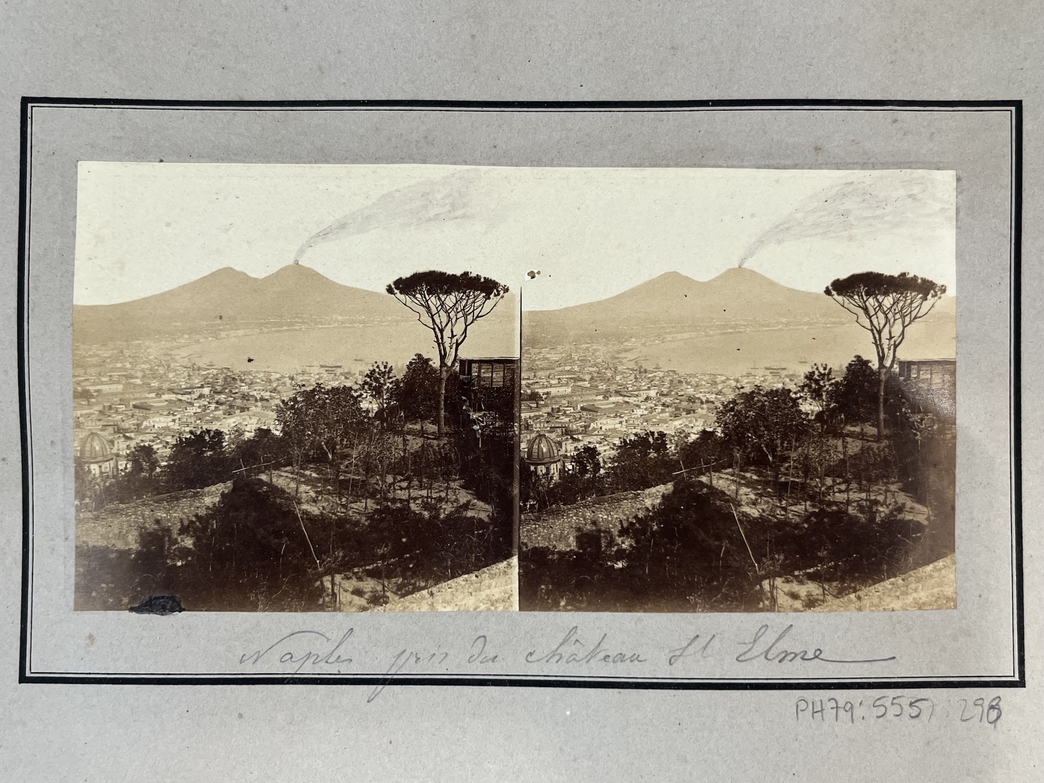Princeton University School of Architecture
Announces the Final Public Oral Exam of
Tairan An
The Incidental Artifactuality of the Observational Sciences in Italy, c. 1840–1880
May 24, 2024, 10:30 AM
Room S-118
Committee:
Sylvia Lavin (Princeton University, Advisor)
Edward Eigen (Harvard University)
Beatriz Colomina (Princeton University)
S.E. Eisterer (Princeton University)
Abstract
This dissertation probes a diverse array of architectural and infrastructural artifacts that became involved in the scientific observation of nature in mid-to-late nineteenth-century Italy. It assembles an eclectic miscellany of research institutions and field stations, ranging from observatories for volcano monitoring and centers for marine biology to viewing spots for solar eclipses and outposts for ornithological fieldwork, that incidentally mediated and redefined the natural world as it was just coming into new forms of visibility. By engaging observational settings both deliberately constructed and occasionally occupied, the dissertation unfolds through a series of episodes where science and architecture came into contact and worked in tandem. Gravitating towards sites afflicted by especially unstable and capricious natural processes, these places of research gave rise to a particular approach to knowledge that involved simultaneously inventing and undoing nature.
At the core of the study is an investigation of the unintended ramifications of observatory-based research programs. While devised solely to observe, they inadvertently effected both tangible alterations and unforeseen epistemological shifts within the field; these repercussions, in turn, reshaped the observational mechanism. This dissertation argues that these effects are anchored in “incidental artifactuality,” which refers, first, to the cascade of “things”— logistical, infrastructural, or mediatic—contingently sparked into relevance by the implementation of observation, and the spontaneous impact they had on further research. These certainly include the architectural accommodations, while more pervasive were the telluric and atmospheric features that interfered with field observation from unexpected places, ranging from air and water pollutants to an obstructive cloud. The term, furthermore, extends to the emergent epistemologies that serendipitously arose, deemed essential to account for the new relations precipitated by the deployment of the observational program in the field. Inextricably, a myriad of unpremeditated situations embroiled highly specific environmental, economic, and political concerns into the knowledge pursuits of the scientists. Knowingly or otherwise, they found themselves constantly implicated in navigating the nexus between metropole and frontier.
Focused on South Italy in the wake of the Risorgimento and extending into East Africa, the study discloses how coloniality structured the very ideation of the world as an elemental condition, and the ways in which architecture among complex currents of power acted as a conduit to negotiate nature in order to convert it. It demonstrates that by the late nineteenth century, neither the scientist nor the architect could assert the purity either of knowledge or of nature except as a matter of belief. Instead, both practices found themselves entangled in intermedial hybrids and techno-natural assemblages that I argue remain embedded if uncharted in the material and epistemological foundations of modern architecture and the natural sciences.
A copy of the dissertation will be available, for viewing only, in the Main Office.

